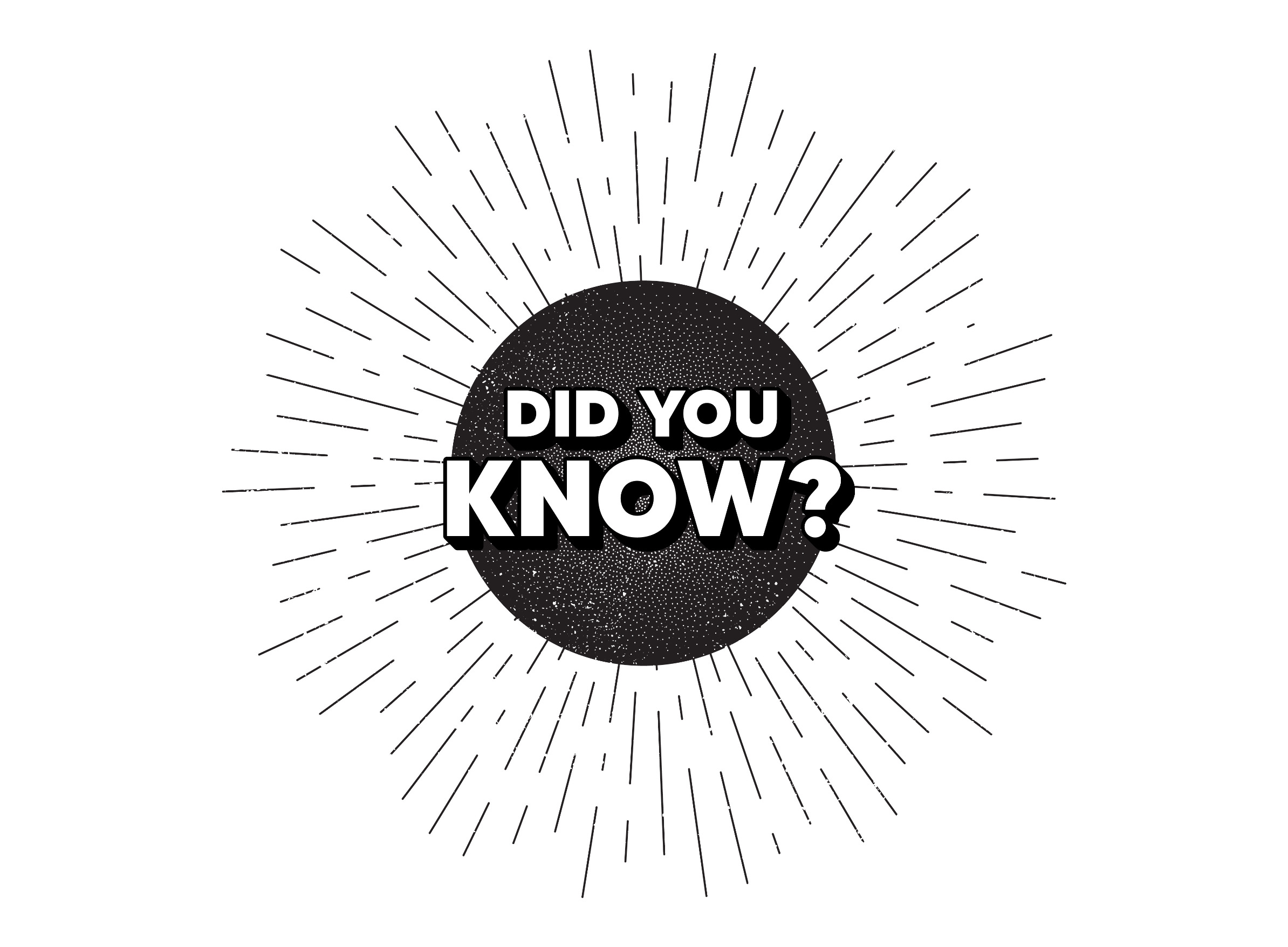When it comes to producing remarkable CBD products, presentation is everything. The first thing that customers will notice about your product is the label. The label is what makes your product stand out on the shelf and informs customers about what they are buying. That is why it’s crucial to ensure that your CBD label is of high quality and clearly states what is in the product. This blog post will explore CBD label printing and what you need to know to create brilliant CBD labels.

Firstly, it’s important to understand CBD label regulations. CBD labels must adhere to certain labeling requirements, which depend on the state in which you operate. Generally, CBD labels must have the company name and address, the product’s name, ingredients, a CBD potency statement, and a QR code that provides the product’s Certificate of Analysis. Not following these regulations could result in hefty fines, so it’s essential to do your research.
The next step is to determine the type of label that will be suitable for your product. One popular option is pressure-sensitive labels, which have an adhesive that sticks to the container. They’re quick to produce and easy to apply, making them the most common type of CBD label. Another option is to cut and stack labels, created from a flat sheet of paper. They provide more space for design but are more time-consuming to produce.
CBD labels can be printed using a range of methods, such as digital, offset, and flexographic printing. Digital printing is suitable for small batches and produces high-quality results, while offset printing offers excellent color quality but is more expensive. Flexographic printing is a more affordable option that’s better suited for larger label runs.
Once you’ve decided on what type of label and printing method to use, it’s time to get creative and think about design. Eye-catching and innovative label designs can make your CBD product stand out on the shelves. Use bold colors, simple graphics, and readable fonts to create a memorable design. Keep in mind that the labeling requirements must be met and that the label design should reflect the brand and product.
Creating fantastic CBD labels means adhering to CBD label regulations, selecting the appropriate label type and printing method, and designing a memorable label that reflects your brand and product. Paying attention to these crucial steps will help you create standout CBD labels that will draw customers’ attention and positively impact your business.

